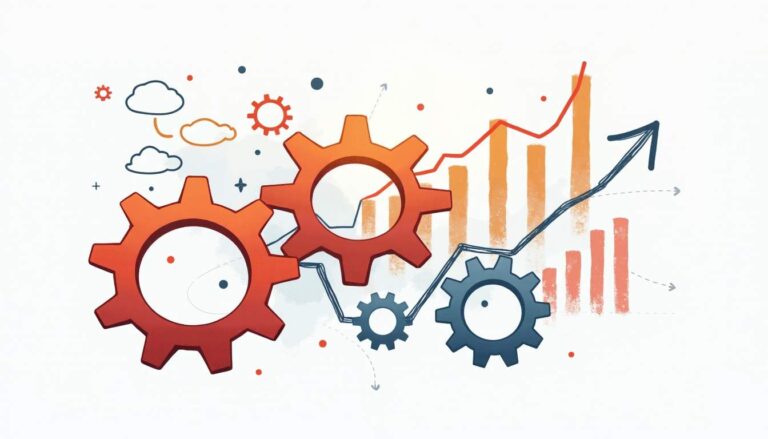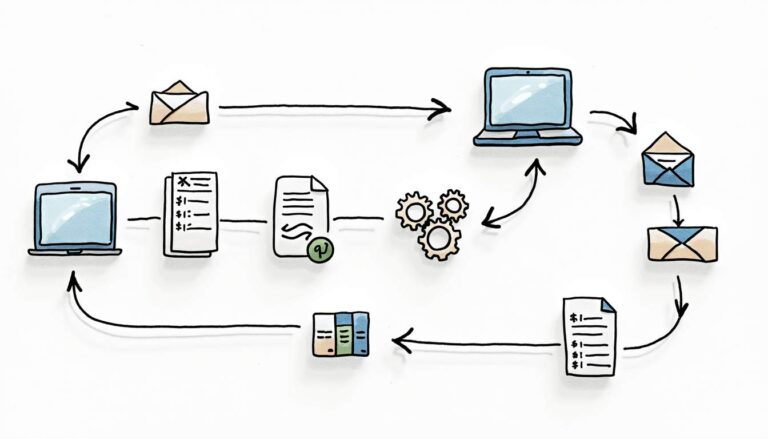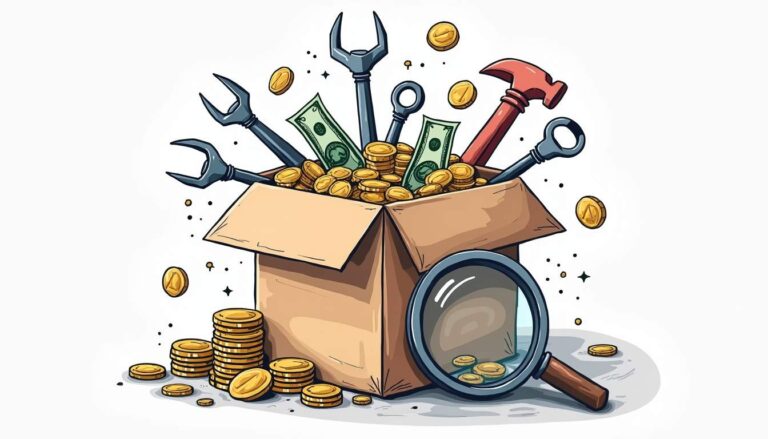Contracts are crucial for enterprises. Without them, there wouldn’t be a way to cement the relationships that enterprises have with their suppliers. Given that suppliers are the source of goods and services that enterprises require to remain functional, it’s easy to understand why contracts are something that need to be taken seriously. Although contracts serve a very important function for enterprises, that doesn’t mean they’re always handled properly.
The reality of contracts is many enterprises currently have less than ideal management practices in place. While contract management may not seem as pressing as other issues that come up, given the risk that poor practices present in both legal and financial terms, it’s something that enterprises need to take seriously. The good news is if you want to avoid problems like contract non-compliance and savings leakage, your organization can do so by taking the optimal approach to contract management.
Why Risk Mitigation is So Important for Contract Management
Before we explain the three main steps involved in ideal contract management, we want to expand on two topics that we mentioned above. Those topics are contract non-compliance and savings leakage. If a supplier or enterprise doesn’t comply with a contract, it can result in anything from higher costs to regulatory fines. And even though it may come as a surprise, the average savings leakage across companies results in identified savings being reduced by a full 22%.
The Three Key Steps for Approaching Contract Management
By taking the right approach to contract management, your organization can protect itself against contract non-compliance issues and savings leakage. The first step in contract management needs to be standardizing and automating the sourcing process. There are a few key elements of standardization. Those elements include uniform sourcing language, templates and forms. By having these elements in place, your organization won’t waste time or create potential issues by trying to pull together sourcing from scratch.
The second step in this process is to bring the same level of standardization and automation to the contracting process. As with the previous step, as many elements as possible should be converted into a format that’s easy for anyone within the department to repeat in a uniform fashion. The last step is all about pulling sourcing and contracting together. By linking these two processes as tightly as possible, your organization can eliminate gaps that are causing inefficiencies. Once those inefficiencies are eliminated, your organization will be able to move towards the next level of performance with complete confidence.
While it can take time to get the three main contract management steps into place, using purchasing software can help make this transition as seamless as possible. You can learn more about our purchase order software on our solutions page.







